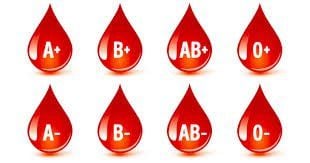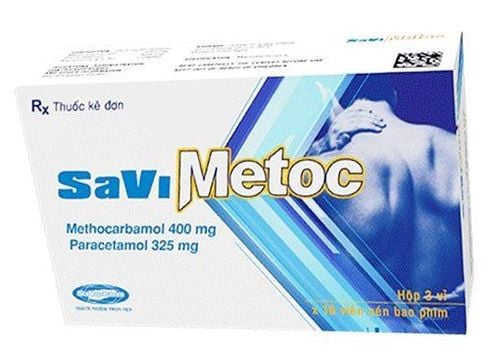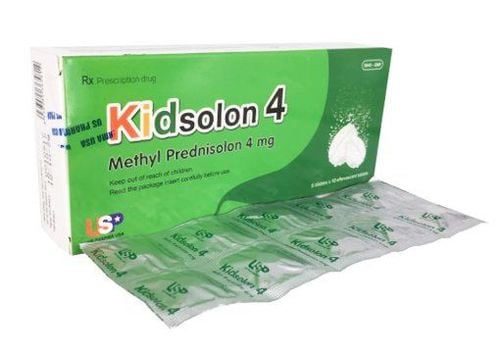This is an automatically translated article.
Coombs test is one of the tests to determine the cause of anemia due to hemolysis. The direct coombs test finds antibodies that attach to red blood cells. Antibodies can be produced by the body, by disease, or by blood transfusions.
1. Anemia due to hemolysis
Hemolytic anemia is anemia caused by the rapid breakdown of red blood cells, in greater numbers than the physiological number of ruptured red blood cells. The life of red blood cells is shortened. The person receiving a blood transfusion must receive a blood transfusion that matches the blood type, with the same antigens as the red blood cells available in the body. If the correct blood type is not given, antibodies will destroy red blood cells leading to a transfusion reaction that can cause serious illness or even death.
For pregnant women, if a mother with Rh negative blood carries an Rh positive baby, Rh sensitization may occur. If fetal blood circulates in the mother's blood, the mother's immune system produces antibodies against the antigen D of the fetal blood. The first pregnancy will not be dangerous, but for the next pregnancy if the fetus is Rh positive, maternal blood antibodies will cross the placenta and attack the fetal red blood cells, causing hemolytic anemia, jaundice, cases of Severe cases can lead to heart failure and liver failure. This condition is called neonatal hemolysis.

Tan huyết ở trẻ sơ sinh xảy ra khi mẹ và bé mang máu có Rh không tương thích
There are many causes of hemolytic anemia, and are divided into two categories including:
Causes in red blood cells Diseases of the red blood cell membrane: hereditary microspherical red blood cells, hereditary oval red blood cells, red blood cells hereditary cognac,... Hemoglobin disease: thalassemia, abnormal hemoglobin, unstable hemoglobin, ... Red blood cell enzyme deficiency: glycolytic enzyme deficiency, pento-phosphate abnormality. Non-erythrocytic causes Immune hemolysis: co-antibodies, mother-child blood group incompatibility, autoimmune hemolytic anemia, drug-related immune hemolysis. Infections or parasitic infections Toxins: burns, bacteria, ... Hypersplenism Hemolytic uremic syndrome Coombs test is one of the tests that help diagnose the cause of the disease
2. Coombs . test
The coombs test is a type of test that is ordered to find out which antibodies are made as proteins by the body's immune system. Normally, antibodies will bind to foreign substances such as bacteria and viruses and destroy them. Sometimes antibodies destroy the red blood cells the body needs.
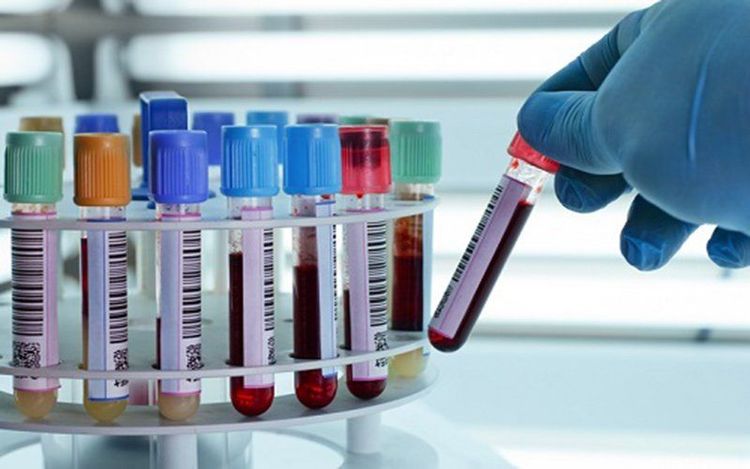
Nghiệm pháp coombs giúp tìm ra những kháng thể được tạo ra là protein
2.1 Types of coombs tests 2.1.1 Direct tests A direct coombs test looks for antibodies that bind to red blood cells. The direct coombs test is applied in the following cases:
Screening of blood in grouping and hematopoietic reagents Detecting erythrocyte hypersensitivity to blood transfusions or drugs Suspicion of erythrocytosis fetus to detect antibodies to the newborn's red blood cells. 2.1.2 Indirect test An indirect coombs test is a test that looks for certain antibodies in the liquid or plasma portion of the blood. These antibodies will probably attack red blood cells without attaching to those red blood cells. This test is often used to find antibodies in the recipient's blood before a blood transfusion is performed.
This test is also applicable to the mother during pregnancy. If the mother is Rh negative, measures can be taken to protect the baby.
2.2 Procedure for performing the test The testers will take a blood sample from the pregnant woman by wrapping the elastic around the upper arm, the blood flow is partially blocked and that causes the veins below the elastic band to enlarge and makes it easier to insert the needle into the vein.
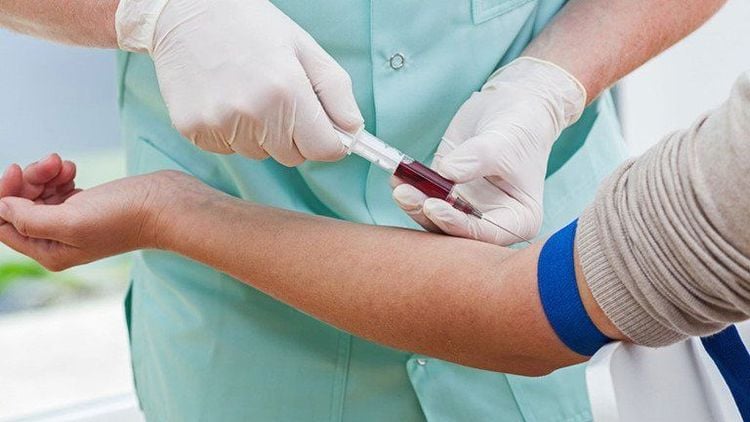
Quấn thun phía trên cánh tay giúp lấy máu tĩnh mạch được dễ dàng hơn
Wipe the blood-sucking site with alcohol to clean and disinfect. The operator inserts the needle into the vein and then hooks a tube into the needle to fill it with blood, if the needle area is not placed correctly or because the vein is collapsed, the needle may need to be replaced. After collecting enough blood, the person taking the sample needs to put a gauze or cotton ball on the sample taken, then fix it and put pressure on the patient's blood collection site when the needle is removed.
This test is for the patient just like a regular blood draw without any risks. In rare cases, there may be swelling of the veins after the blood is drawn, this is phlebitis. At this time, it is necessary to warm compresses for the patient to treat.
3. Clinical significance of coombs . test
This test is a test that looks for antibodies that can attack red blood cells.
3.1 Normal Coombs Test Result A normal test sample is a sample that does not have antibodies and gives a negative result. When the direct test is negative, it means that there are no antibodies attached to the red blood cells in the blood. Indirect tests are negative when the blood in the body is compatible with the blood received through a blood transfusion.
For pregnant women, the indirect coombs test is negative, which means that Rh in the mother's blood has not yet produced antibodies that can fight the Rh positive of the baby. This demonstrates that Rh sensitization does not occur.
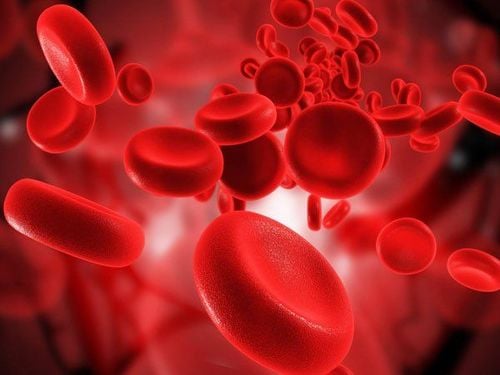
Xét nghiệm coombs để tìm ra các kháng thể có thể tấn công tế bào hồng cầu
3.2 Abnormal coombs test results Direct Coombs test is positive i.e. there are antibodies against red blood cells in the blood. This may be due to a transfusion reaction or due to hemolytic disease of the newborn or hemolytic anemia.
The indirect test is positive, which means that the blood of the donor and the recipient is not compatible and the recipient cannot draw blood from this donor. For women who are pregnant or planning to become pregnant and have Rh negative blood in their blood, a positive indirect Coombs result means they have antibodies against Rh positive. The mother needs to be tested early in pregnancy to check what blood type the baby has to be cared for, closely monitored if the baby is Rh positive.
Sensitization can be prevented with an injection of Rh immunoglobulin.
Note when doing this test who should not take the test because it can affect the results include:
People who have had blood transfusions in the past Pregnant for about 3 months Are taking medicines such as insulin , sulfa, cephalosporin, tetracycline or cough medicine. In summary, there are many causes of hemolytic anemia. To diagnose the cause, the doctor used the coombs test, which is one of the tests to determine the cause of hemolytic anemia.
Please dial HOTLINE for more information or register for an appointment HERE. Download MyVinmec app to make appointments faster and to manage your bookings easily.




